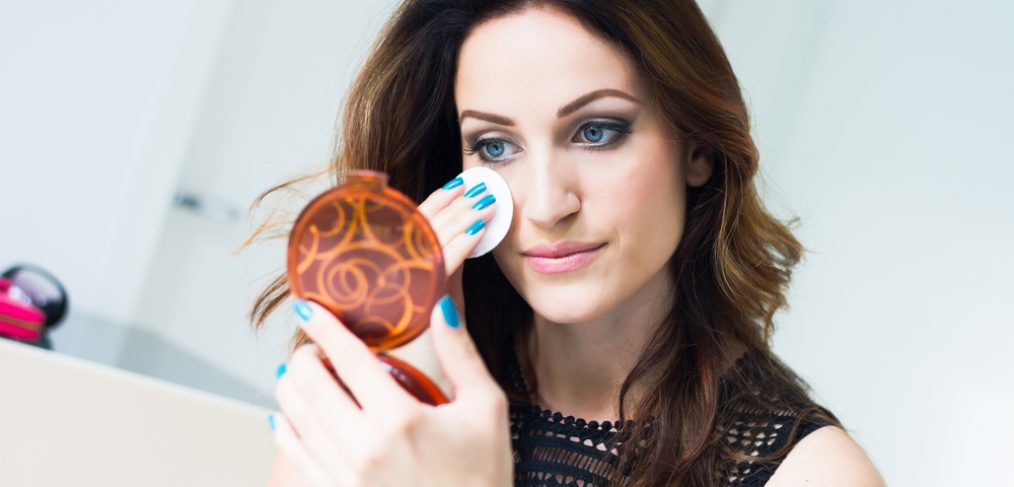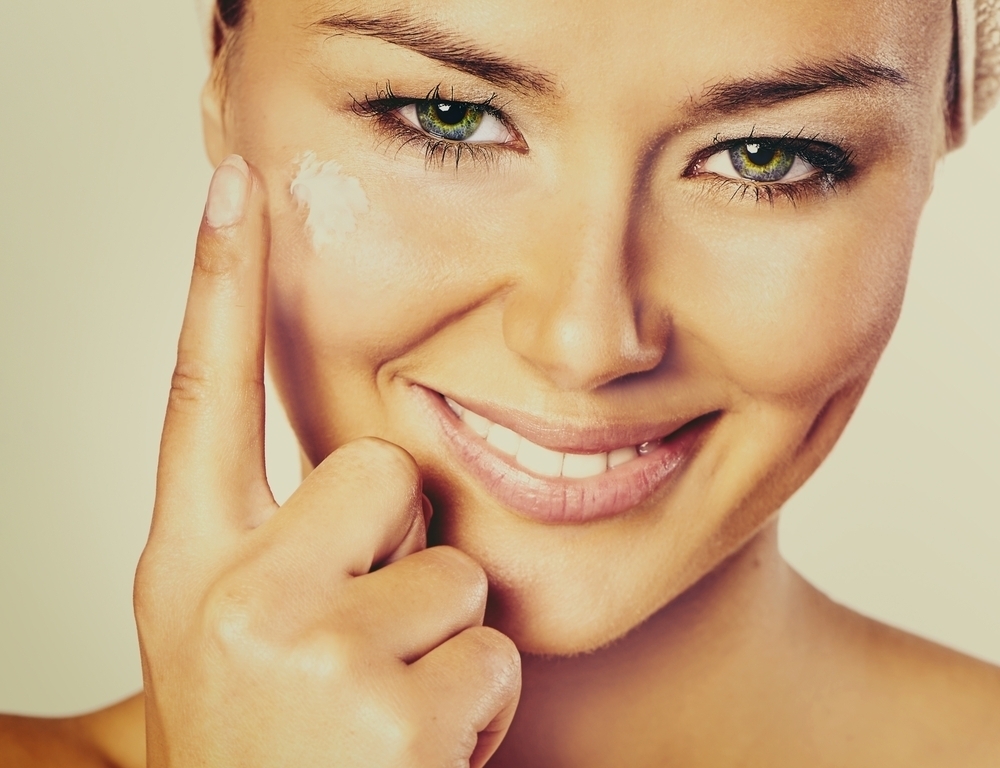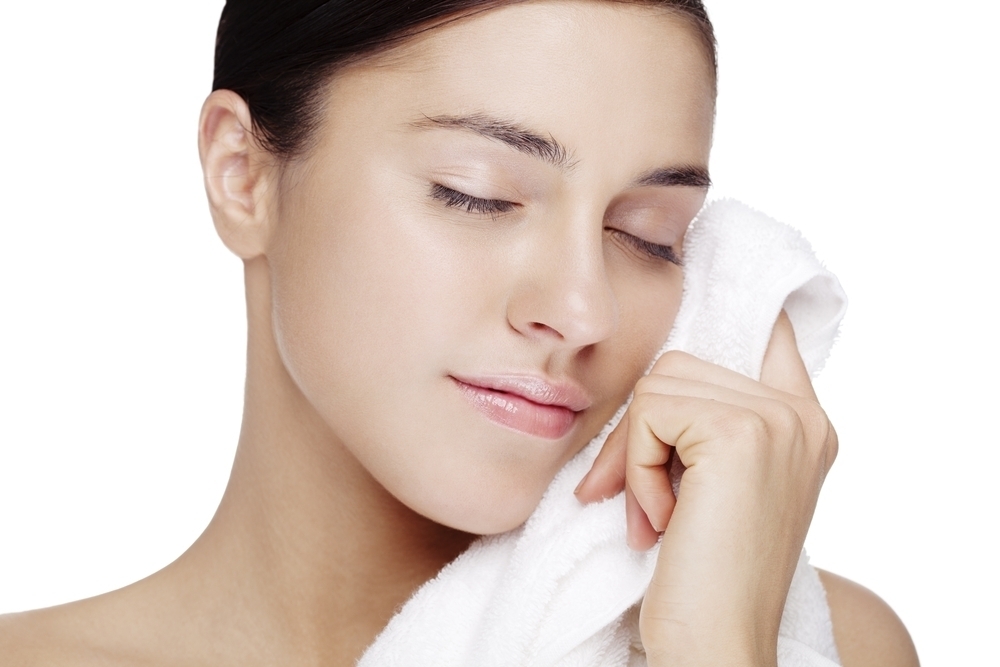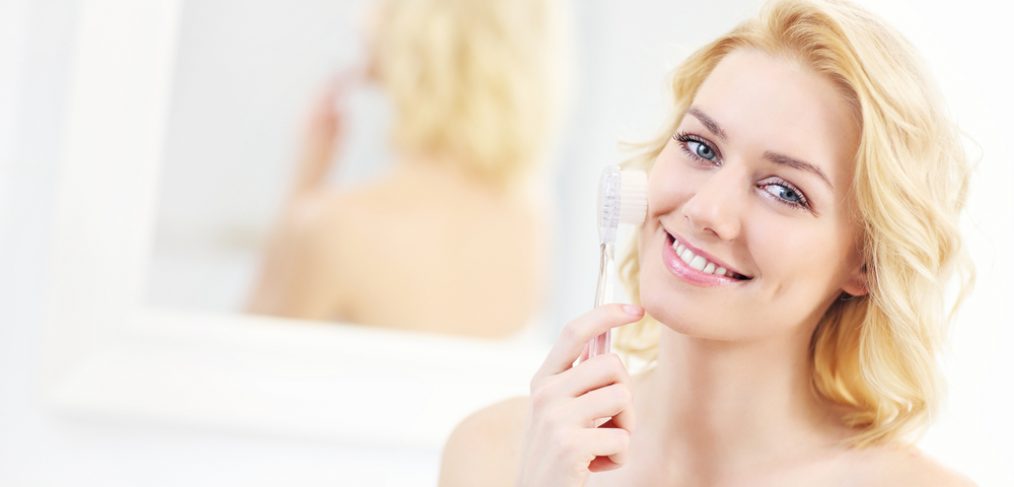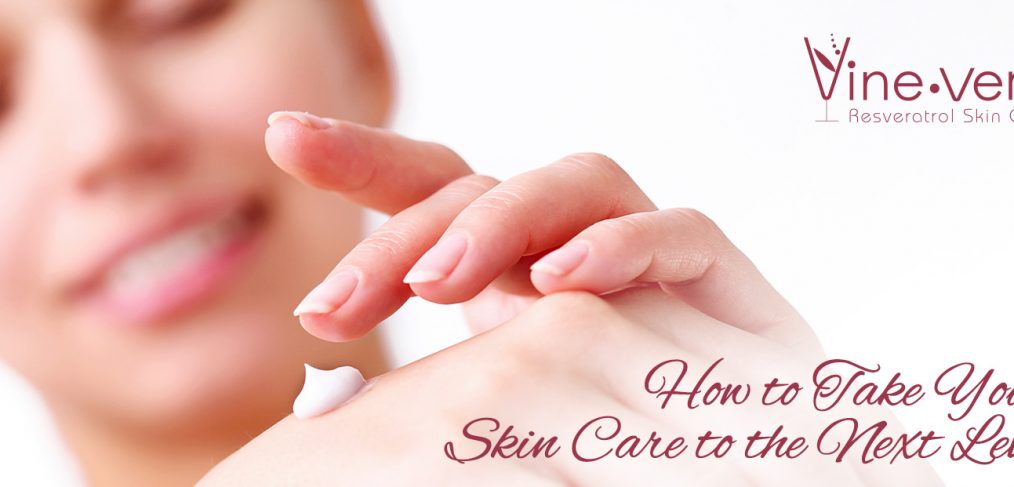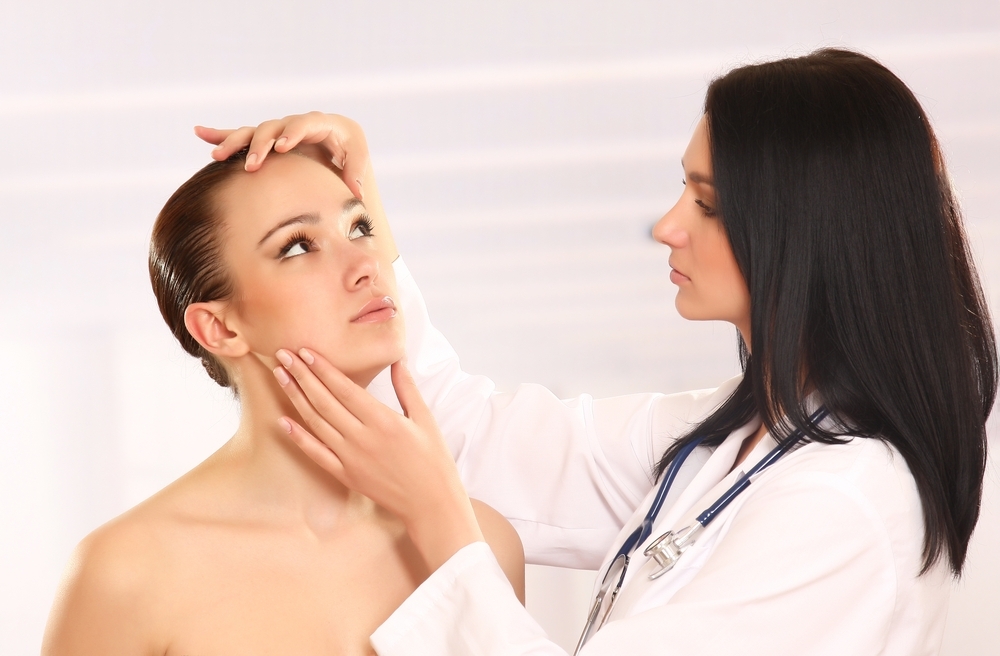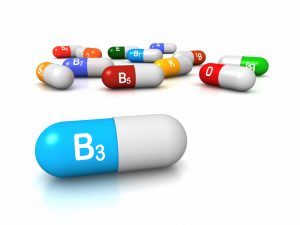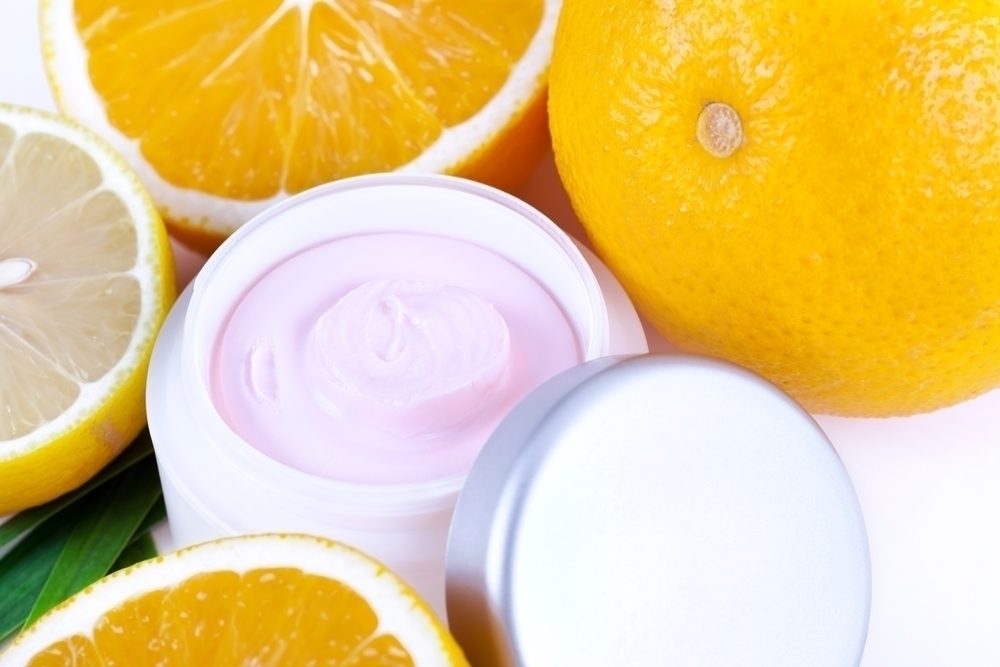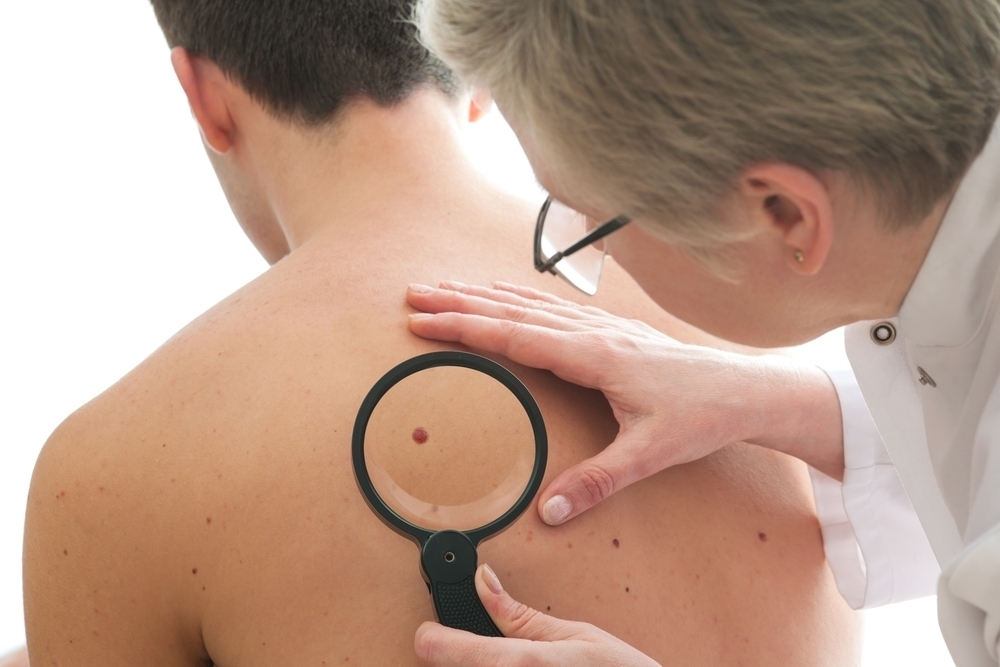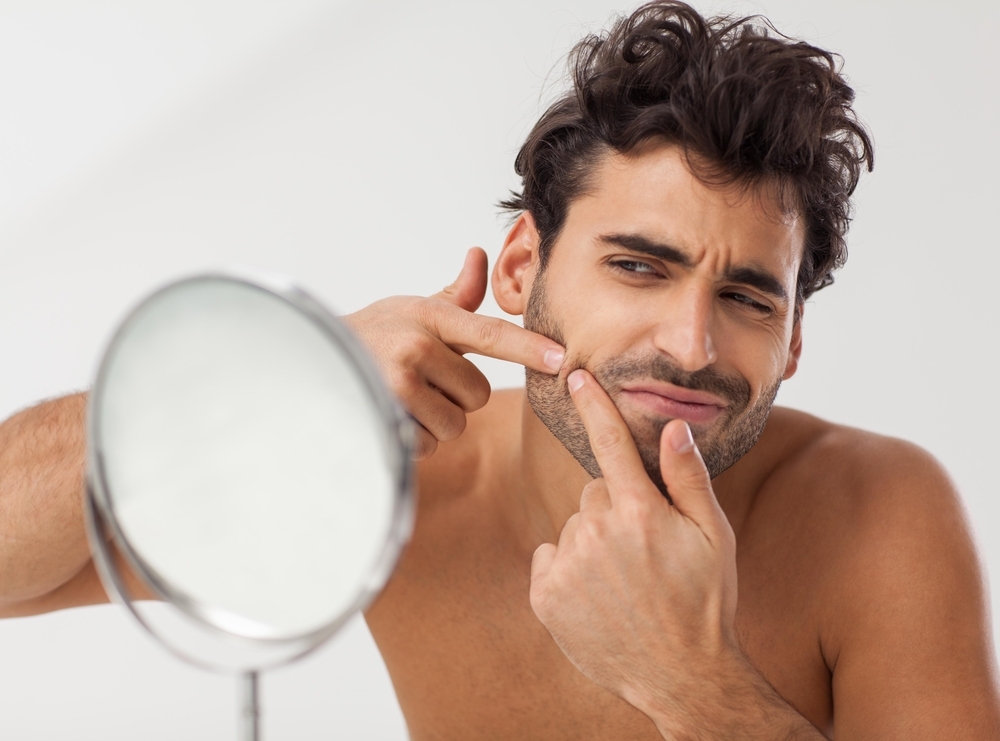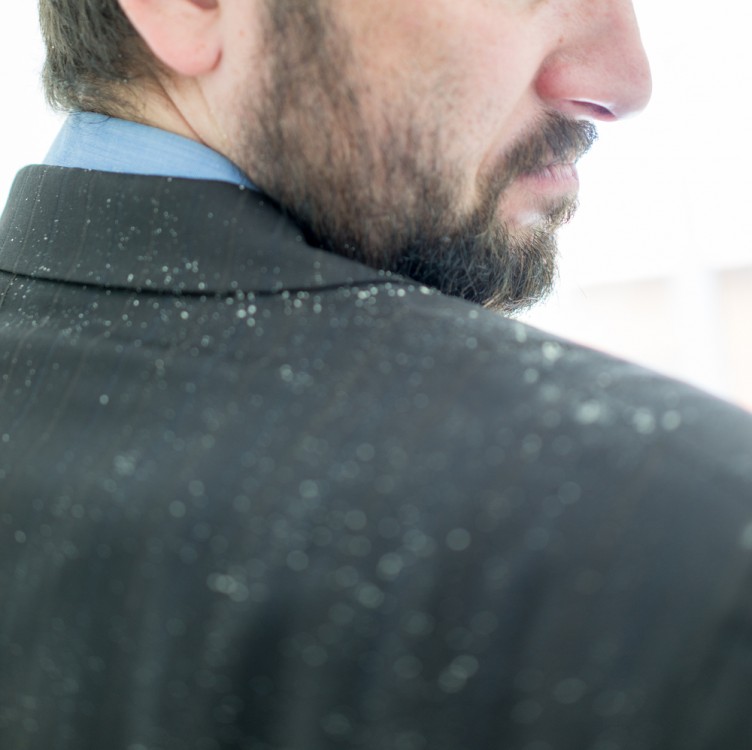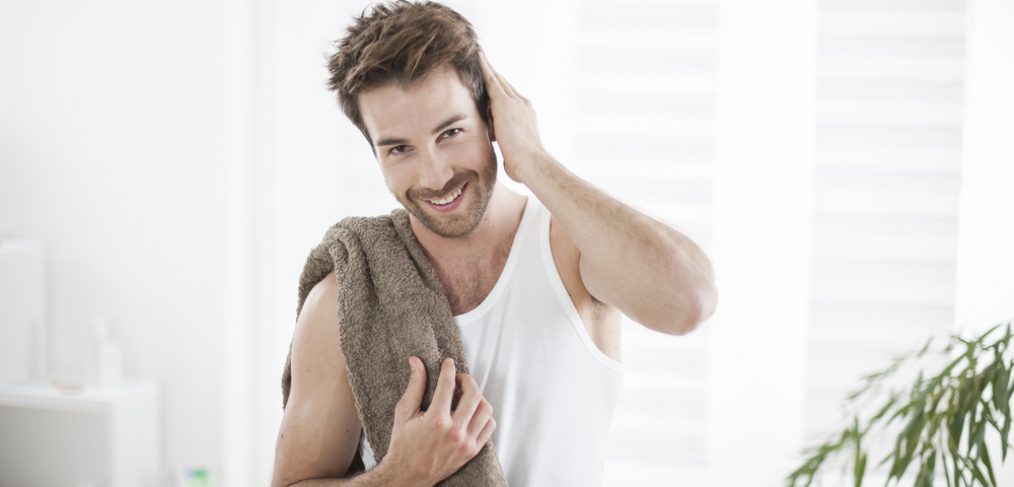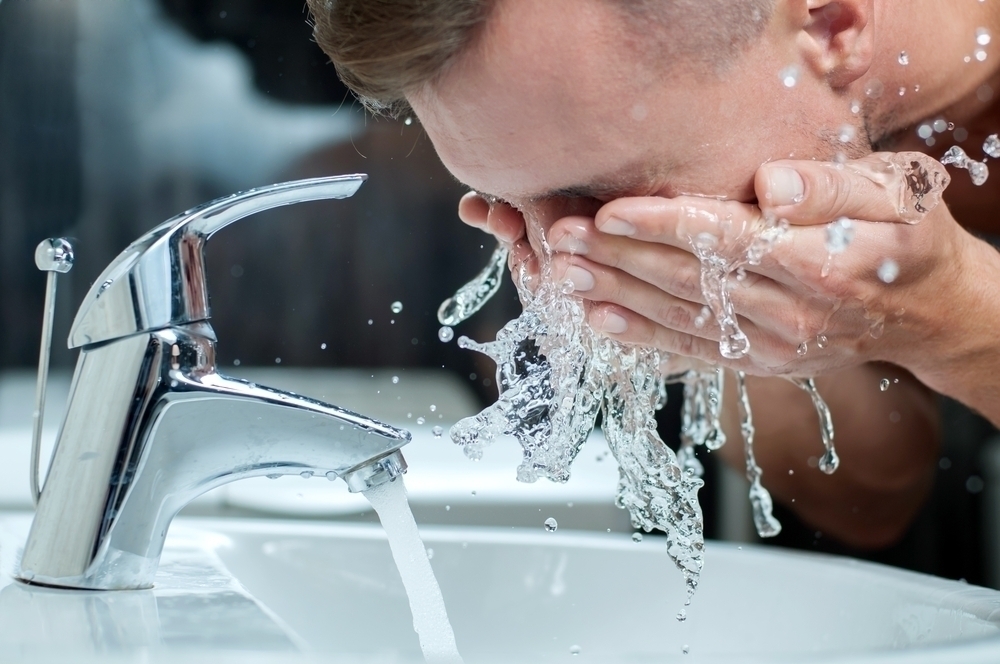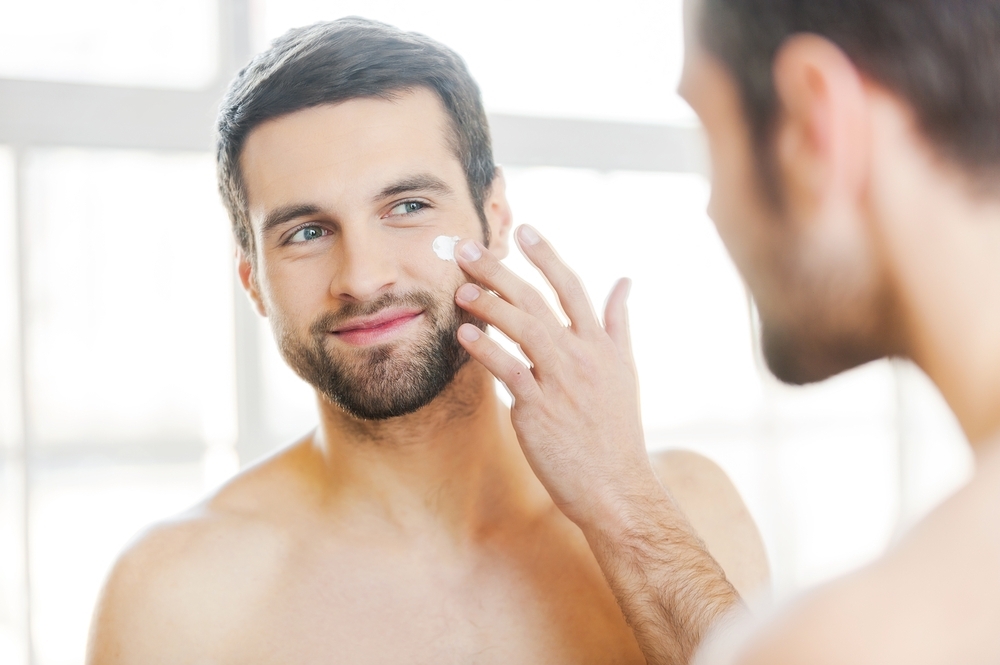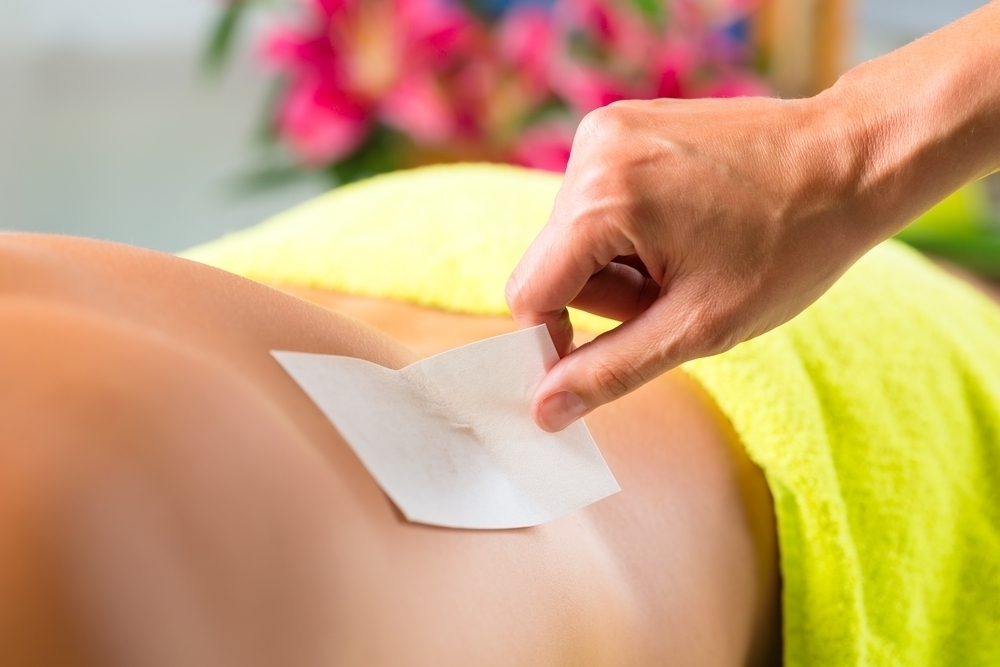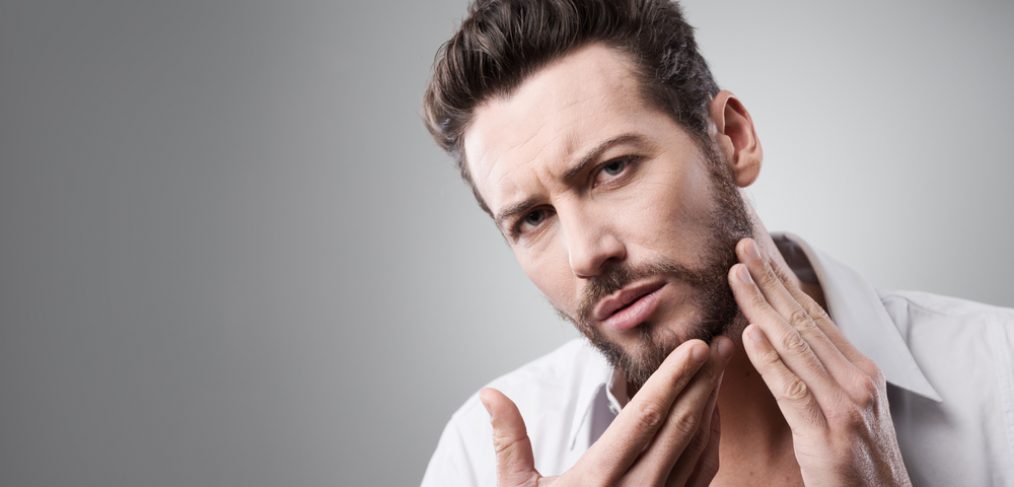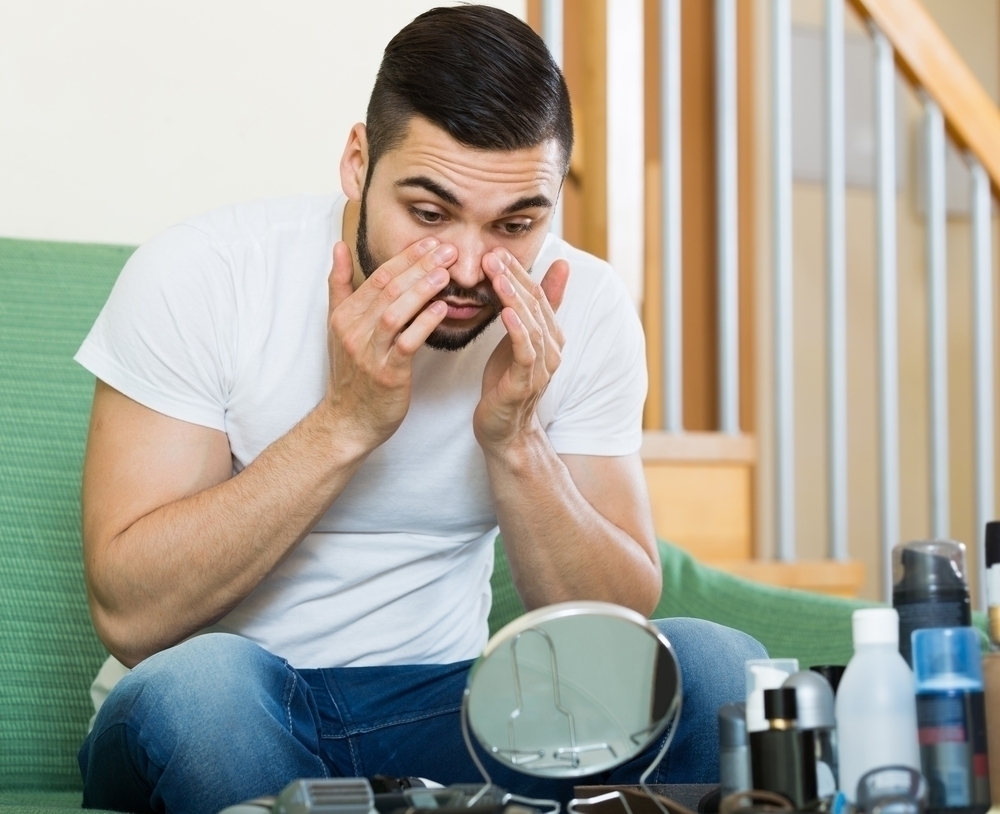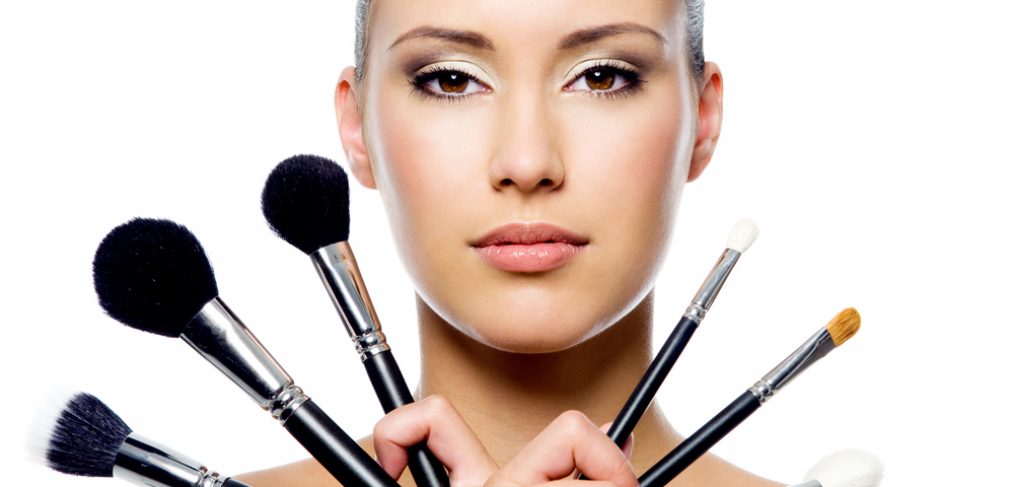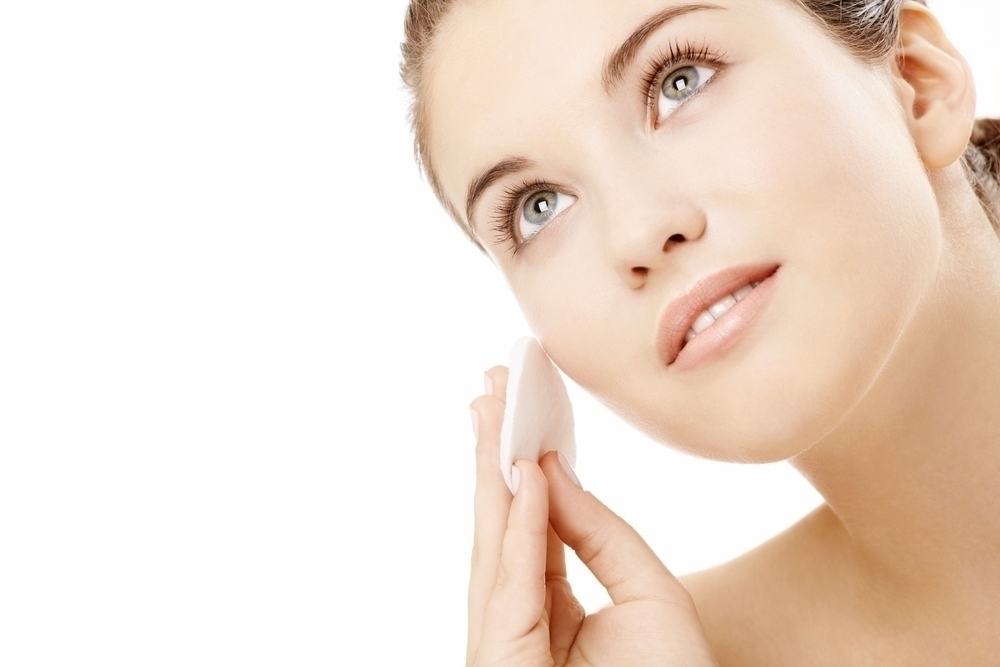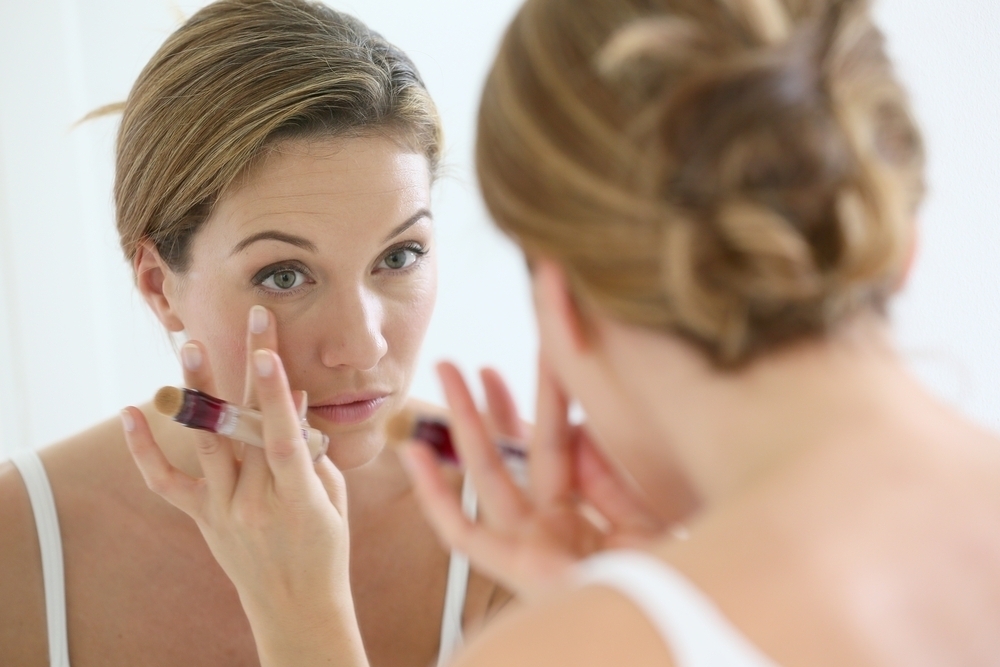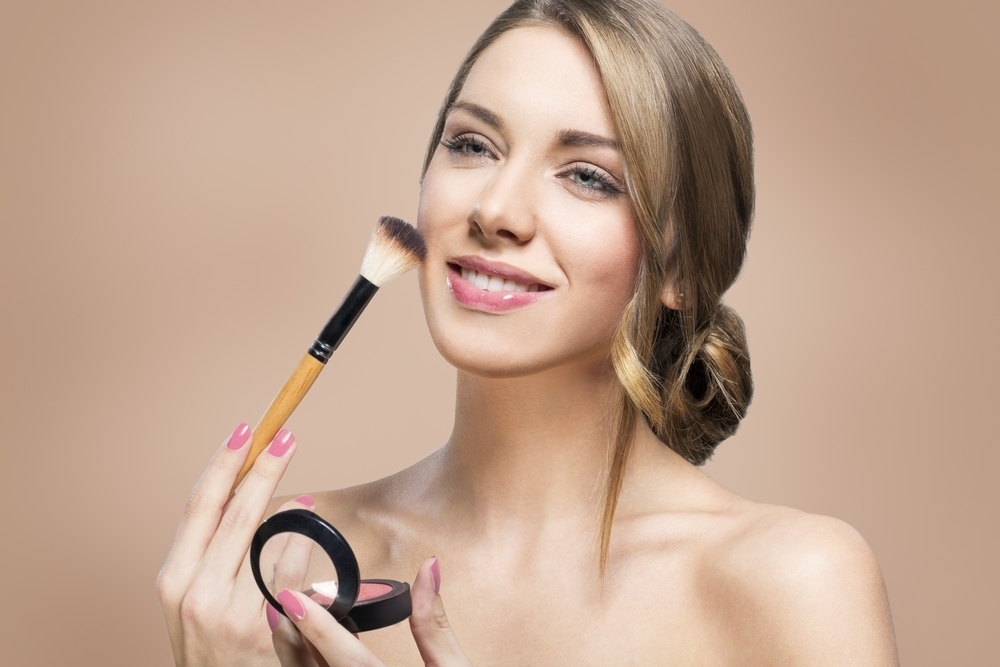You may have not heard the term rosacea, but you may have the condition. Rosacea frequently goes undiagnosed because it has symptoms that are so similar to other conditions, such as acne. Here, we present you with important information about rosacea and how to identify the most commonly experienced symptoms of rosacea. If you suspect you may have rosacea, seek attention from a doctor or dermatologist.
What is Rosacea?
According to the National Rosacea Society, Rosacea is a chronic disorder that usually occurs on the facial skin, often characterized by remissions and flare-ups. Many people have observed that the occurrence of rosacea any time after age 30 as a redness on the nose, cheeks, forehead or chin that might come and go. In some cases, rosacea might also occur on the chest, neck, ears or scalp.
Presently experts are still unsure of what exactly causes rosacea, but they know that it is a progressive condition. Over time, this redness tends to become more persistent. If left untreated, pimples and bumps tend to develop, and in severe cases the nose may become bumpy and swollen from excess tissue.
Who Gets Rosacea?
While rosacea can affect anyone, experts believe that those with fair skin that blushes or flushes easily are at the greatest risk for developing rosacea. Additionally, the disease is most most commonly diagnosed in women but the most severe cases tend to be in men. There is not a particular cause for men having more severe cases than women, but researchers believe it is simply because women seek medical attention for symptoms of rosacea far more quickly than men do.
Currently it is estimated that 16 million Americans suffer from rosacea and 95% of those 16 million were entirely unaware of the condition and the signs and symptoms prior to actually being diagnosed. Often people with rosacea will attribute the symptoms of a red face and bumps or pimples to an acne problem.
Symptoms of Rosacea
So much of what causes rosacea is unknown, which can make it difficult to correctly identify the condition. The symptoms of rosacea vary greatly between cases, but there are some frequent symptoms to look for:
- Blushing or flushing
- Constant redness
- Bumps and pimples
- Small but visible blood vessels
Other symptoms may include:
- Eye irritation
- Burning, stinging, itching or feeling that the skin is tight
- Facial edema (swelling)
- Raised red patches (known as plaques)
- Thickened skin
- Skin that appears dry near the center of the face
What to Do if Symptoms are Present
If you experience the above symptoms, there is a possibility that you are suffering from rosacea. There is no cure for rosacea but with a correct diagnosis and medical intervention, it is possible to treat and manage the condition. The first thing to do if you suspect you may have rosacea is to make an appointment with a doctor or dermatologist. This is an important step in the process because every case is vastly different meaning that treatment must be tailored to your specific problems.
Often, oral and topical medications are prescribed to get rosacea symptoms under control. Your doctor or dermatologist may prescribe both a topical medication and a short-term oral medication. This combination speeds the process of controlling rosacea symptoms. Typically once the rosacea is under control, use of the oral prescription ceases and topical medication is used long-term. In addition to medications for rosacea, lifestyle changes are also important. Sometimes rosacea can be triggered by irritants or environmental factors. Avoid rosacea triggers when possible. Additionally, proper skin care is important in the management of rosacea. Check with your doctor or dermatologist to be sure you are using gentle, yet effective products in your skin-care routine.
It is not uncommon for those with rosacea to be unaware that they have it. If you suspect that you may have rosacea, it is important that you seek medical attention. Rosacea is a progressive disease and left untreated it can significantly worsen and be permanently damaging. With proper diagnosis and treatment, rosacea can be well managed and treated.




